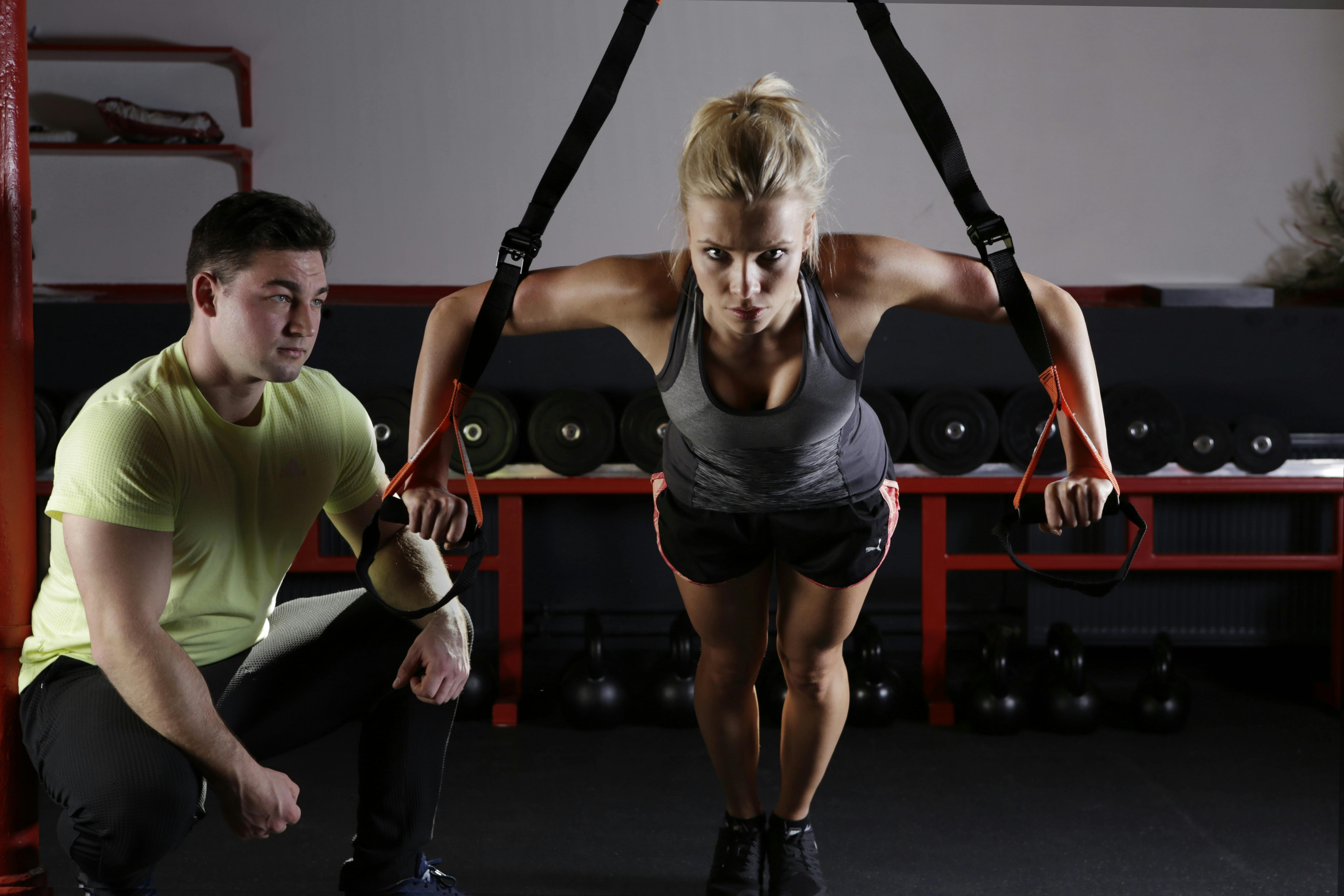Many of us grew up thinking that large, healthy meals meant hours of preparation and stirring over a hot stove. Even when the food was not being served every minute, we had to check that it did not stick to a pan or dry in the oven. Before the 1970s, there was no crock pot or microwave oven. A woman had little time to spend outdoors. That was then.
Today, fall is here; the air has a freshness of its own. At my home in the Ozarks, the trees are donning their fall colors as golden flowers adorn the slopes. This morning, the deer grazing in the meadow under the walnut tree seemed to be asking me to follow them. I wanted to go out and play!
However, there are still meals to prepare, clothes to wash, people to take care of today. To allow myself time to sit and watch the wildlife, I am learning how to make better use of my slow cooker, my Crock Pot. Cooking meals with the slow cooker has many benefits, including fewer dishes to wash, less time to serve food on the stove, a fresher kitchen, and less energy.
I am learning to adapt some of my favorite recipes to this way of cooking. I learned early on not to use as many liquids in the slow cooker as it naturally captures moisture and needs little added. Also, dairy products should be added near the end of the cooking time so they don’t curdle.
An added benefit, which makes a difference to the budget, is the ability to cook tougher and cheaper cuts of meat. Even the toughest cuts will come out tender when simmered for a long period of time. At a time when we are all tight on our budgets, this is a real advantage.
If you are using fatty meats or chicken with skin on, it is best to brown the meat first before adding it to the slow cooker. You will have low-fat meals because you are not using oil like you do when sautéing or sautéing. Skim the fats from any liquid you add as well.
Surprisingly, vegetables will take longer to cook than meats, so you will want to cut them into small, thin pieces. Layer vegetables on the bottom and sides of the pot, where the heat will be, for more even cooking. You will soon learn which vegetables take the longest to cook.
Here are six keys to successful slow cooking:
1. Buy cheaper cuts of meat; tough, lean cuts will cook tender and juicy.
2. Choose fresh produce, cut into small pieces just before cooking.
3. Skim fat from liquids before adding to pot.
4. Allow plenty of time to cook at a low temperature for best flavors and textures.
5. Place cooked food in a clean container and refrigerate as soon as possible.
6. Never use the slow cooker to reheat leftovers.
I look forward to sharing some great recipes with you in future articles as we head into the winter seasons. Did I hear someone say “stews”? Enjoy!
